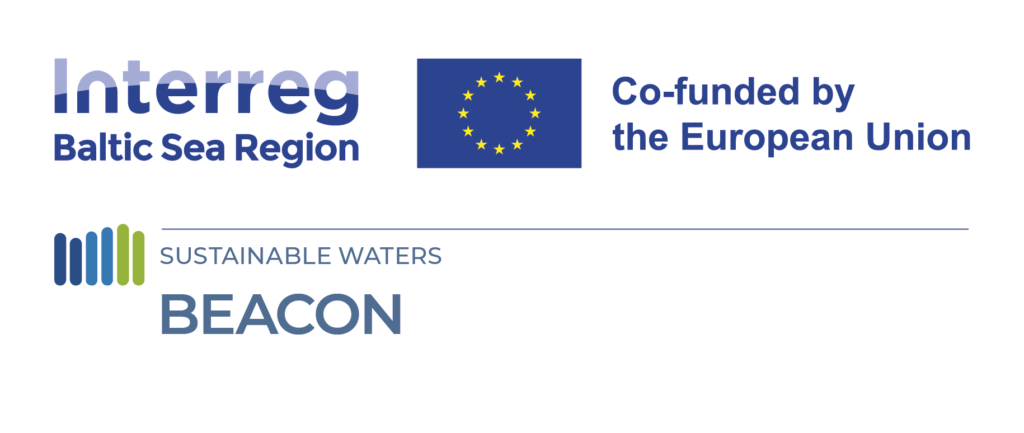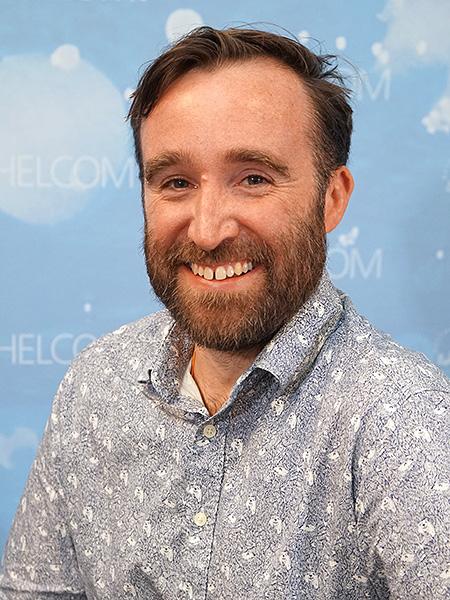BEACON
Application of biological effects methods in monitoring and assessment of contaminants in the Baltic Sea — the BEACON project
Background
The BEACON project is an Interreg Baltic Sea Region (BSR) co-financed project exploring developments related to the biological effects of contaminants. A key role of the work is to develop a better understanding of multiple mixed effects from contaminants on Baltic Sea biota. Biological effects of contaminants offer an important additional evaluation to classical monitoring on substance concentrations and broaden the understanding of the effects of contaminants on the Baltic Sea ecosystem. The project is an Interreg BSR small project under the priority ‘water-smart societies’ (objective ‘sustainable waters’).
Partners and roles
The project is led by the Finnish Environment Institute (Syke, Finland) and has partners from Tallinn Technical University (TalTech, Estonia), Latvian Institute of Aquatic Ecology (LIAE, Latvia), Stockholm University (SU, Sweden), Gothenburg University (GU, Sweden) as well as HELCOM (Finland).
Most of the project partners are national research institutions that are responsible for national monitoring on biological effects. They are also linked directly to relevant national agencies or ministries (some of which are also associate partners) and HELCOM.
The role of HELCOM focuses on bringing the project work into the regional processes (such as the Expert Group on Hazardous Substances and its sub-team on biological effects) to enhance cooperation with experts from other countries not already partnering, and to support regional acceptance of the approaches developed.
Project aims
BEACON will develop interaction with relevant national institutions to whom biological effects may be relevant (e.g., industry, wastewater treatment, fire and emergency response, port authorities). The aim is to evaluate the understanding of the approaches and their potential, as well as to understand the needs of site managers so that a suitable toolbox can be developed to meet their needs.
An overview of methodologies will be developed to explore what options exists regionally, an integrated biological effects approach will be developed, and test cases of the integrated system will be applied. Ultimately the project will aim to develop a toolbox and guidance that can provide a basis for site managers to apply biological effects approaches as part of the assessment constellation addressing hazardous substances.
Project Duration
The project will run from October 2022 to September 2024.
Resources

Contact

Owen Rowe
HELCOM Indicator Manager
owen.rowe@helcom.fi
+ 358 40 162 2054
